Ferric Chloride Brine Leaching of Galena Lead Concentrate
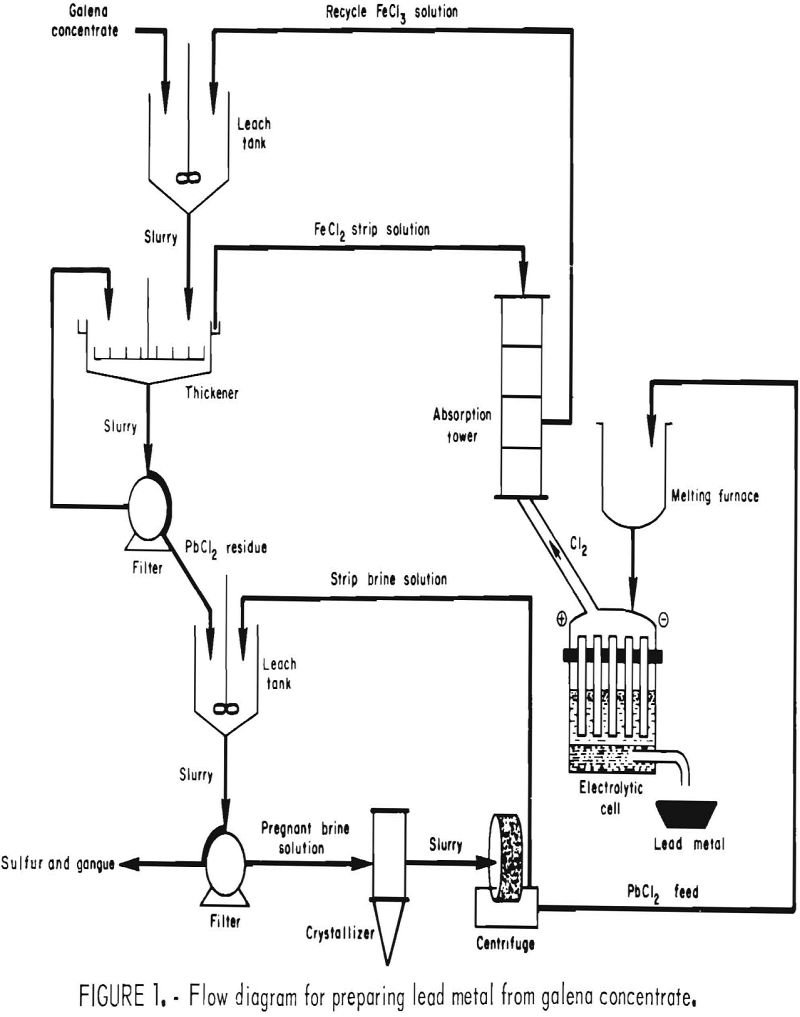
Domestically produced primary lead is won from lead sulfide concentrates by a smelting process consisting of sintering, blast furnace reduction with carbon and refining. Unfortunately, this pyrometallurgical practice creates gaseous sulfur oxides and particulate lead, which must be controlled to prevent air pollution. For some smelters, meeting environmental regulations requires production curtailment at times, and […]
Conveyor Design for Mining Machines
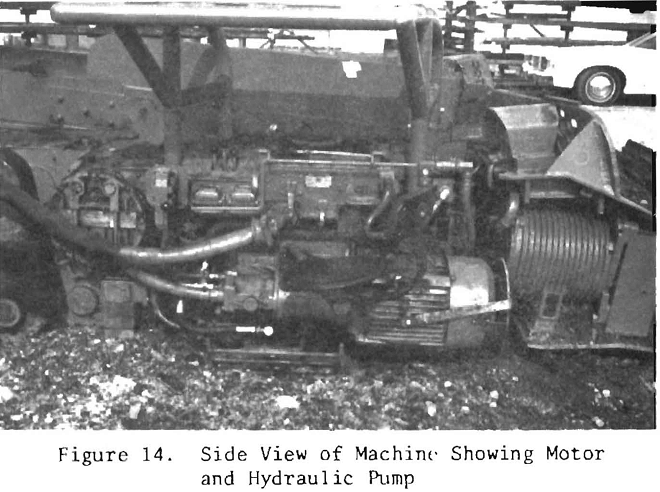
It does not appear likely that this conveyor-system function requirement can be avoided. The emphasis on the continuous miner performance is necessarily such that the conveyor system must be required to handle any material that is provided by the cutting head. Hence, a slowing down in the rate of advance of the miner to produce […]
How to Recover Lead from Battery Scrap
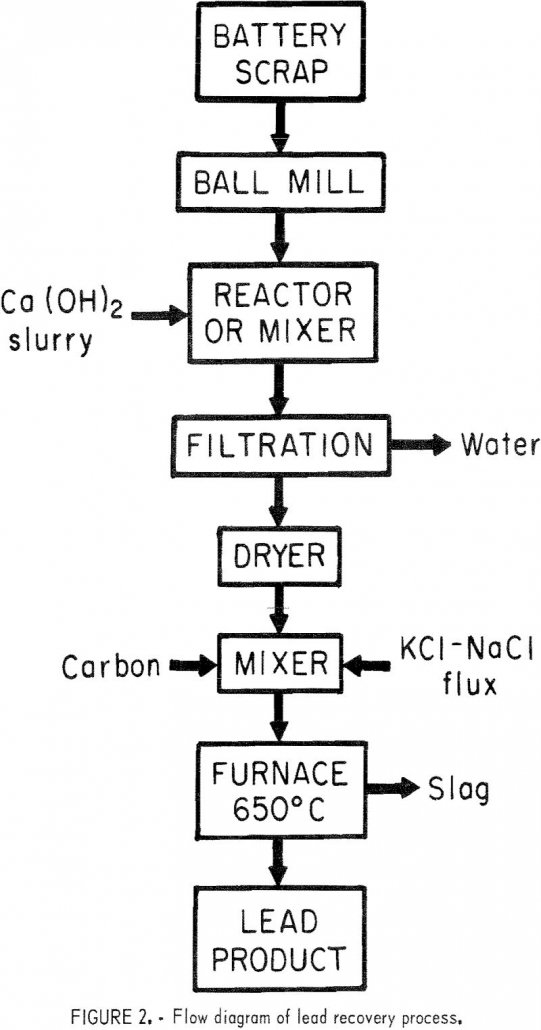
Demand for lead for transportation uses (1) has continued to grow as requirements for batteries have increased. The quantity of lead used in battery manufacturing has reached a record high, and the recycling and recovery of lead from lead battery scrap represented 56 percent of the total secondary lead recycled in 1972. The two methods […]
Recovering Gold from Scrap Electronic Solders by Drossing
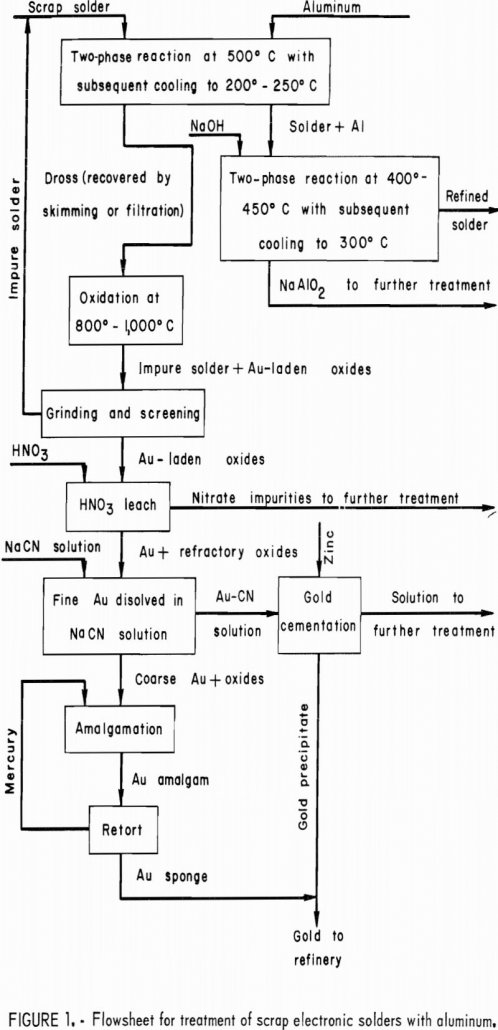
For several years, the Bureau of Mines has been actively involved in developing techniques for recovering and recycling metals and alloys from industrial scrap, including waste materials generated by the electronics industry. Among the latter materials is tin-lead solder that has become contaminated with gold and other impurities to a point where it no longer […]
Recovering Aluminum from Copper Leach Liquor by Ion Exchange
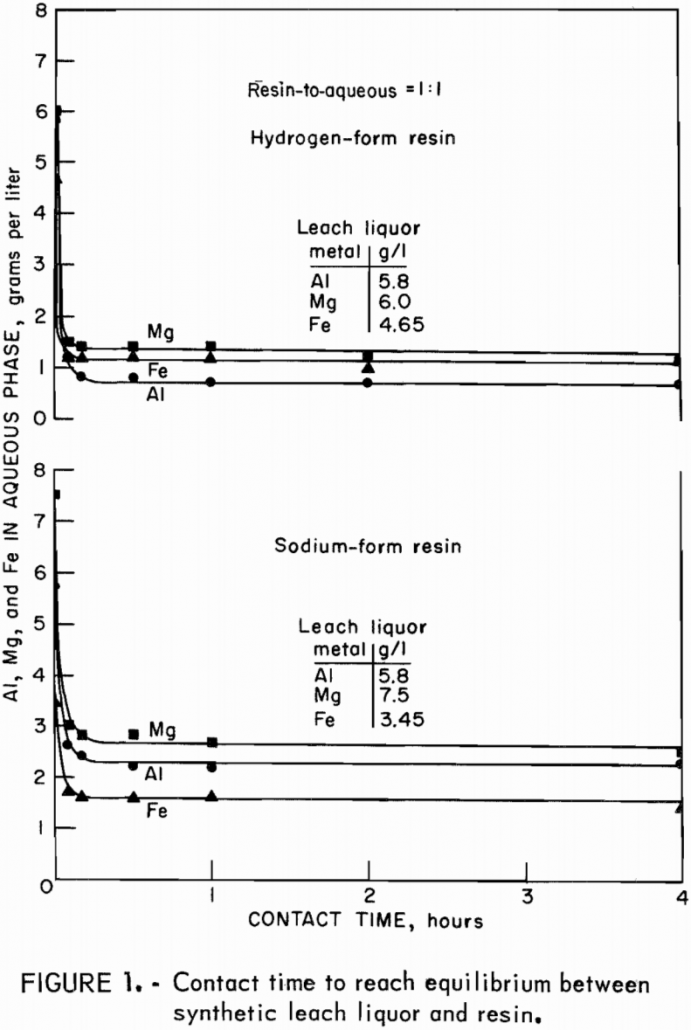
The leaching solutions circulated at copper dumps in the United States contain an appreciable concentration of aluminum-as much as 5 to 10 grams Al2O3 per liter in some solutions. This aluminum passes through the copper-recovery operations and recirculates to the leach dump. The aluminum concentration in the leach liquor appears to be in an equilibrium […]
Ferric Chloride Leaching of Chalcopyrite Concentrate
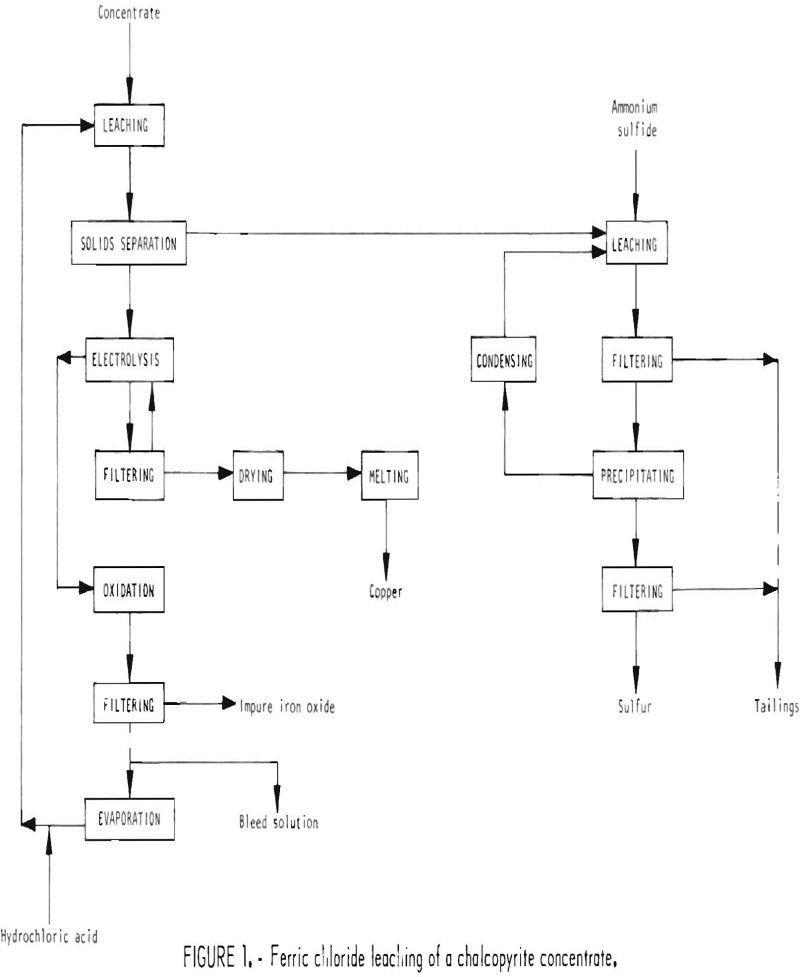
Most copper is produced from chalcopyrite concentrates by smelting. While smelting is both simple and efficient, it converts the sulfur in the feed concentrate to sulfur dioxide. To meet the ambient standards for this pollutant, as established by the Clean Air Act, the Federal Environmental Protection Agency (EPA) has established a goal for smelters to […]
Metallurgical Plant Sampling Techniques
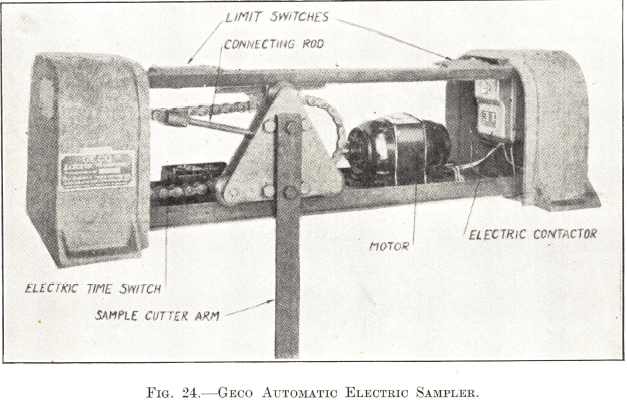
Concentrator Slurry Sampling In milling operations sampling is essential to proper control. This can only be based on the results obtained through sampling the various materials throughout a plant. Sampling of the feed, concentrates, tailings and other products give data indicating the effectiveness of the entire operation. Often these results are desired for comparative purposes for each […]
How to Assay Ores Concentrates and Bullion

Many mineral samples are sent to Government agencies with the request that they be assayed or chemically analyzed. It should be emphasized that there are no Federal agencies, except for the U.S. Mints, where assays and quantitative analyses are made for the public. Many of the States maintain a Bureau of Mines, a Geological Survey, […]
Manganese Extraction by Carbamate
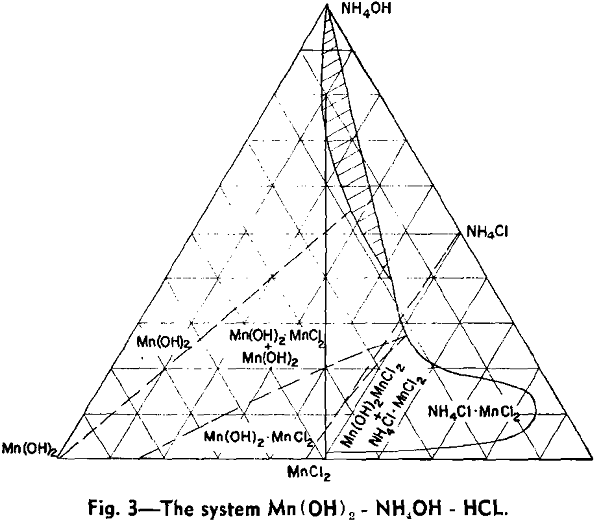
The widespread occurrence of manganese in low grade oxide and carbonate ores not amenable to mechanical concentration has led to extensive investigations of hydrometallurgical methods for producing a pure manganese compound suitable for further treatment. Manganese carbonate is the preferable compound. This product when fully crystalline and of not too fine crystal size is easily […]
Pelletizing Characteristics of Iron Ore Concentratesc
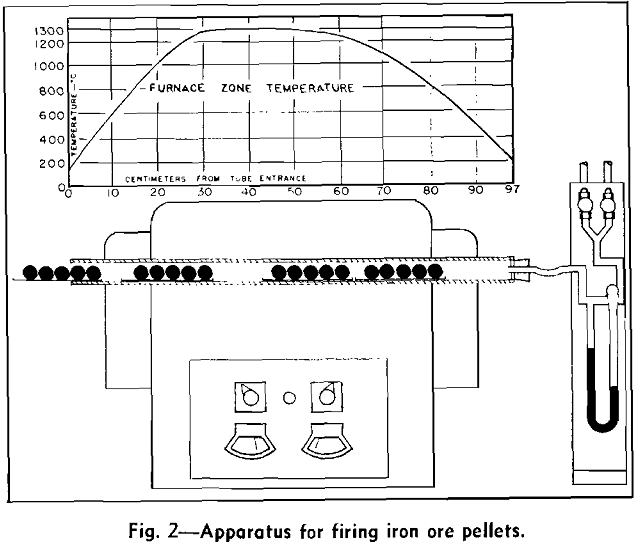
In most routine experimental work on products and processes, methods of operation and product evaluation are established from accurately controlled laboratory tests. With particular emphasis on the pelletization of fine iron ore concentrates, standardized procedures of laboratory production and product testing have been established at Cleveland-Cliffs Iron Co. Research Laboratory at Ishpeming, Mich. A program […]
